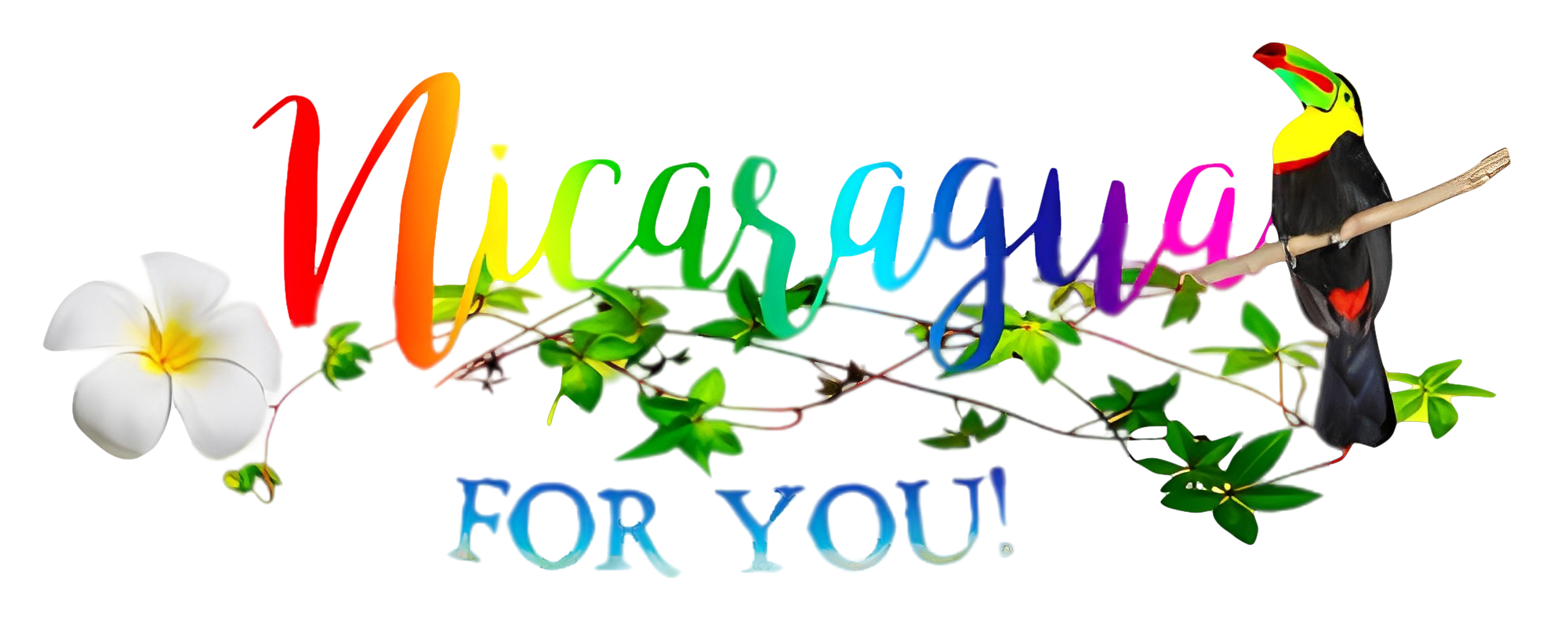- Call +1 (905) 645-4198 or + 1 (519) 827 6252
- info@nicaraguaforyou.com
Your first inclination may be to book it outta here…. It is busy and little chaotic…but if you stick around and want a little urban adventure then go for it.
From a 1972 earthquake and years of civil war, Managua is slowly rising from the ashes and has a population just under 1.5 million.
There are four small crater lakes/lagoons within the city limits and features four smaller crater lakes or lagoons within city limits. Here is the list
Managua has other monumental sights to visit as well…here are a few
Culture
Managua is home to many people groups and therefore has lots to offer if you seek it out. Some special festivals are noted below

Nicaragua offers a unique vacation rental property that offers exceptional views, tranquility, relaxation, and unlimited adventures